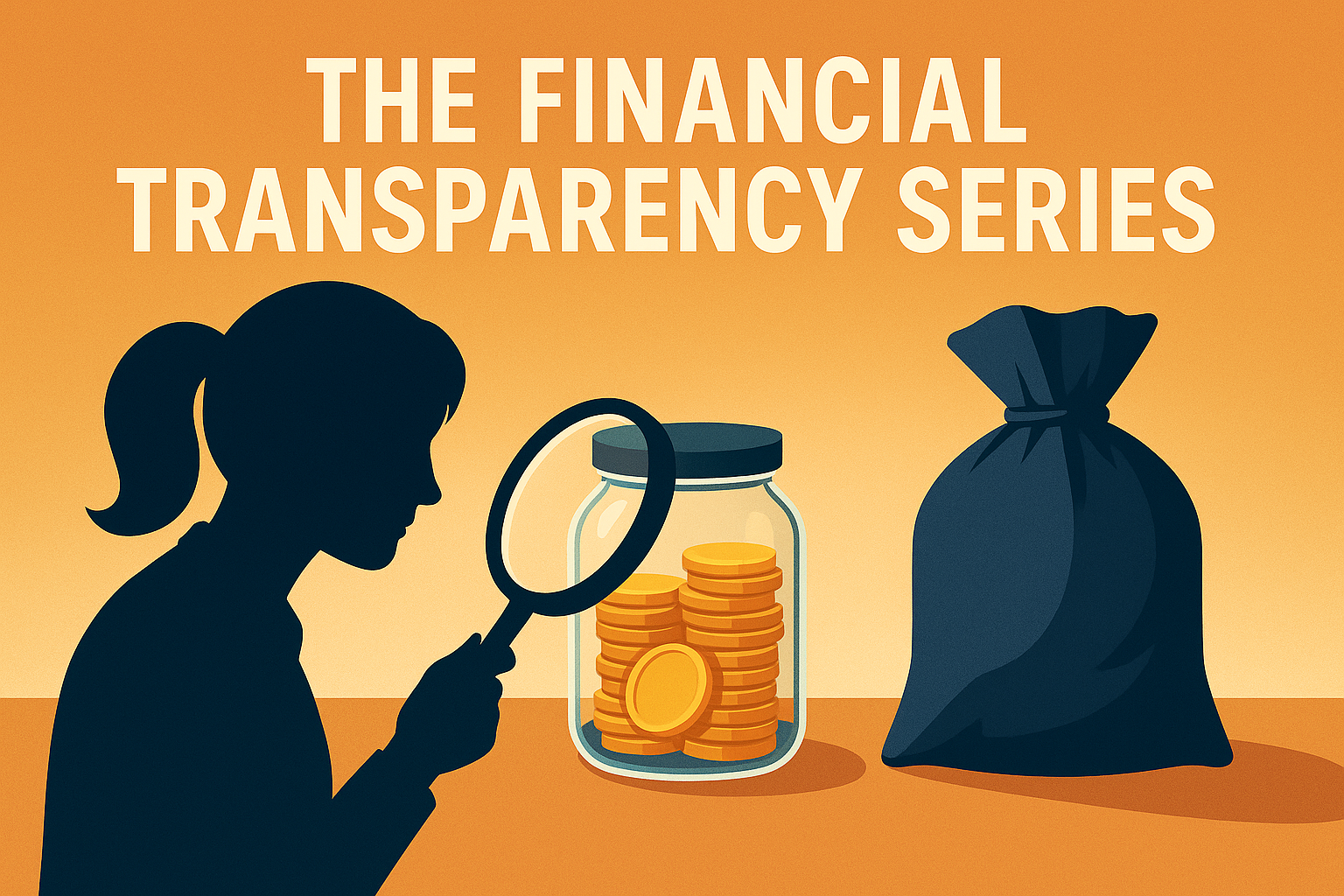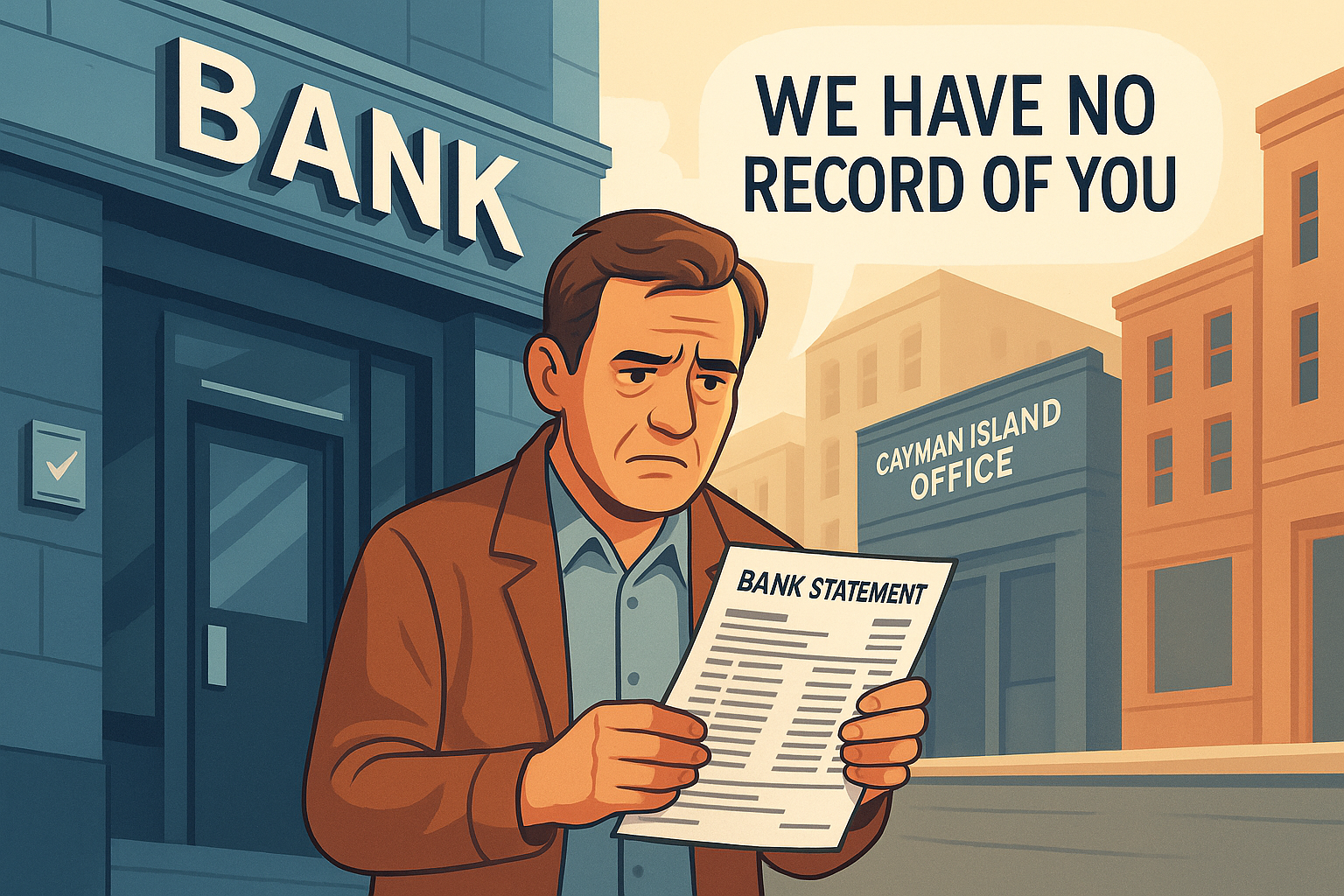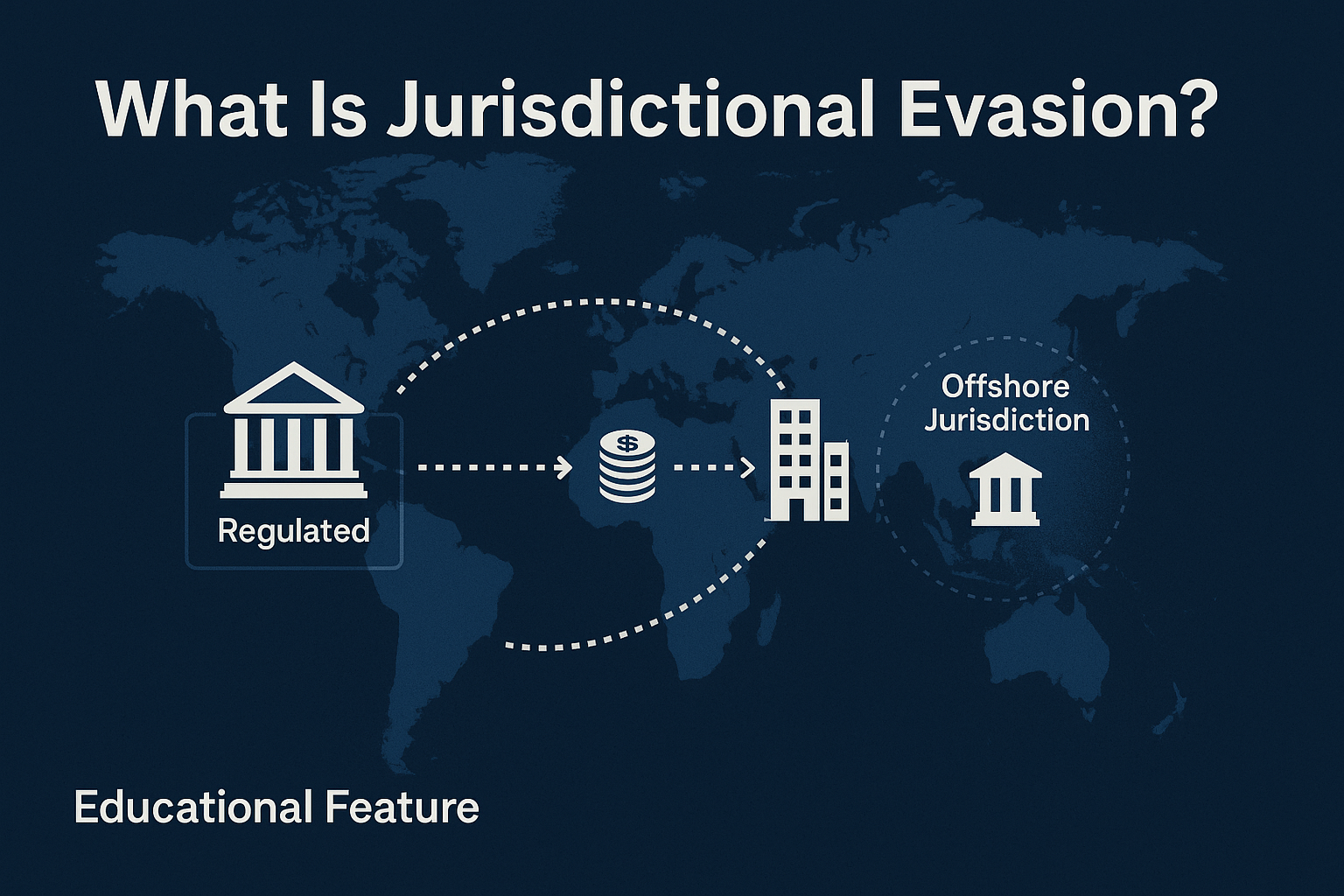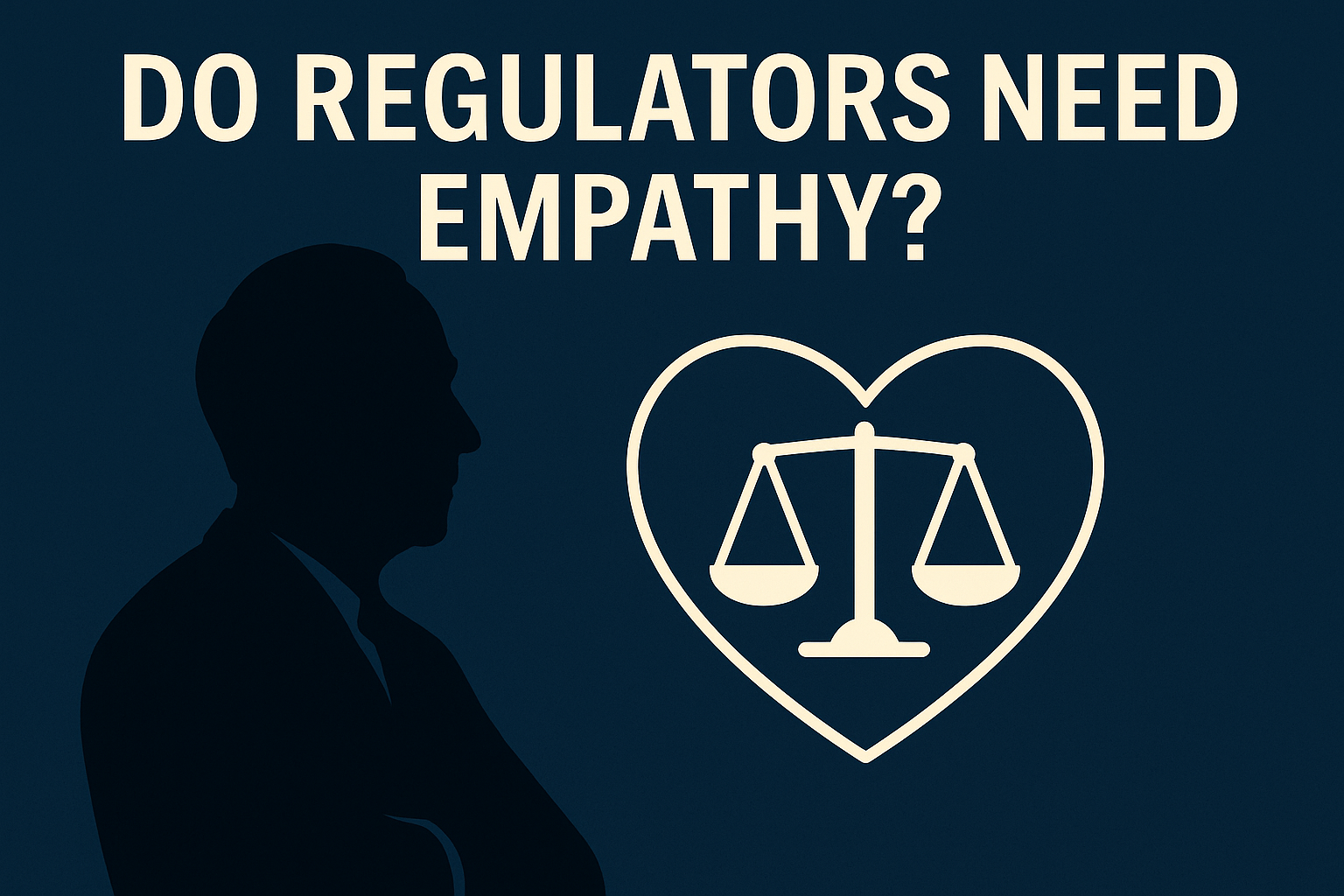Table of Contents
Why Transparency Still Matters
In every financial era, the defining failures have one thing in common, opacity.
Whether it’s undisclosed leverage, hidden losses, or misleading collateralization, the damage always begins when truth becomes proprietary.
Crypto and fintech promised to change that.
Instead, many have repeated the same mistake, cloaking systems in technical jargon instead of clarity.
Investors are told to trust the algorithm while being denied the ability to verify the numbers.
Transparency is not nostalgia for regulation, it’s the foundation of confidence in any digital economy.
What This Series Covers
The Financial Transparency Series explores how visibility, verification, and accountability define the next frontier of ethical finance.
Each article examines a different facet of the transparency spectrum — from code to compliance.
Upcoming Articles:
- Does Your Crypto Platform Allow External API Access to Logs and Transactions?
If not, ask yourself why. - Proof or Performance: The Myth of “Audited” Crypto Reserves
Why most proof-of-reserves statements would fail a traditional audit. - The Hidden Hands: How Market Makers Shape Liquidity Narratives
Understanding how centralized power persists in decentralized markets. - Data Without Oversight: When Fintech Becomes a Black Box
The growing risk of algorithms operating beyond human accountability. - Rebuilding Trust: Toward a Public Ledger of Integrity
The roadmap for verifiable, regulator-accessible transparency in digital finance.
The Transparency Mandate
Markets run on belief, but belief must rest on proof.
When investors can’t verify their data, “transparency” becomes marketing, not governance.
True transparency means:
- Open data architectures with verifiable integrity
- Independent audit access without corporate gatekeeping
- Disclosure formats designed for public comprehension, not obfuscation
In short: if investors can’t see it, they can’t trust it.
The Civic Connection
Financial opacity isn’t just a market flaw, it’s a civic threat.
When oversight fails, citizens lose confidence in fairness itself.
The line between economic harm and democratic erosion is thinner than it looks.
Transparency isn’t about compliance, it’s about credibility.
And credibility is the only currency that never inflates.





